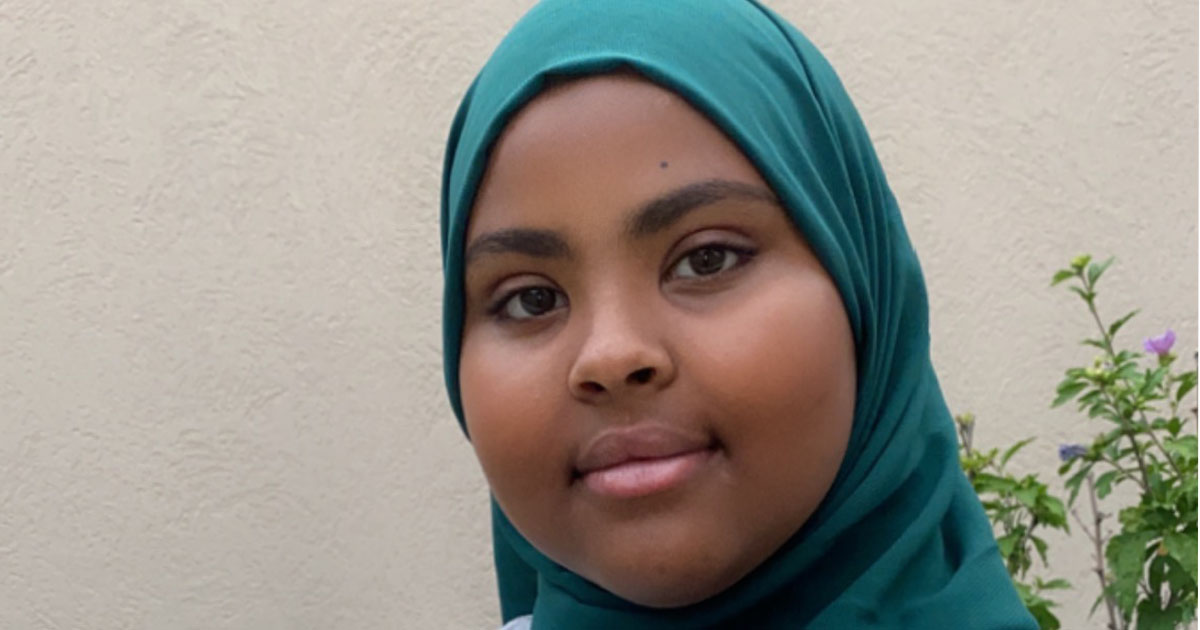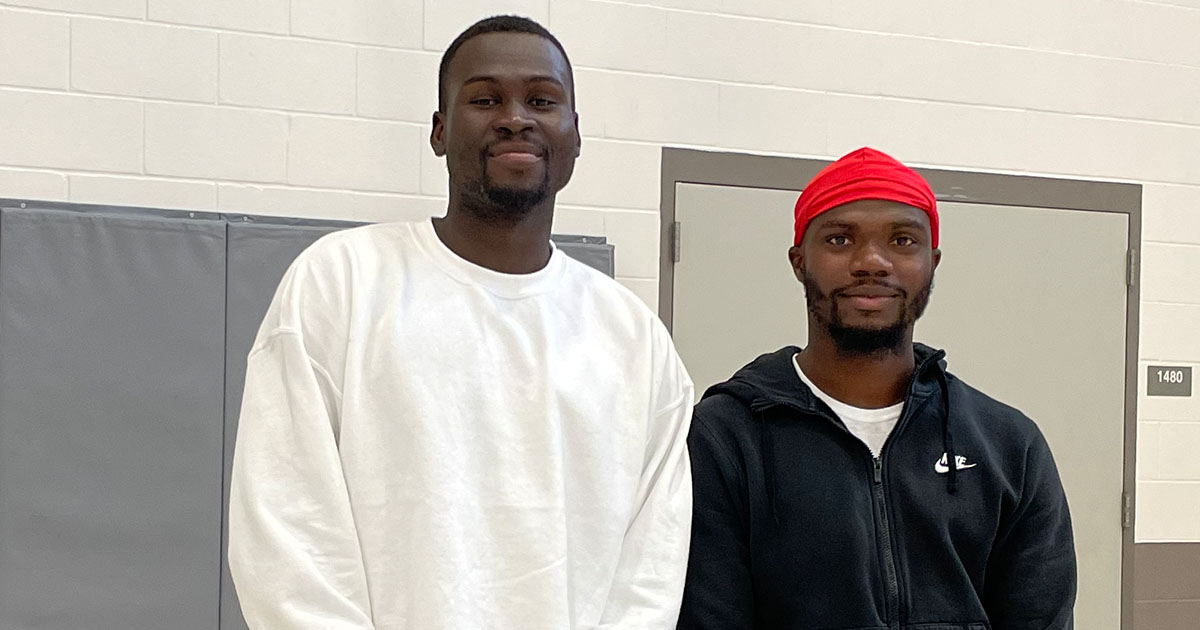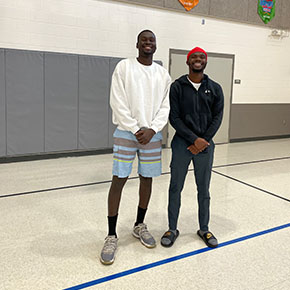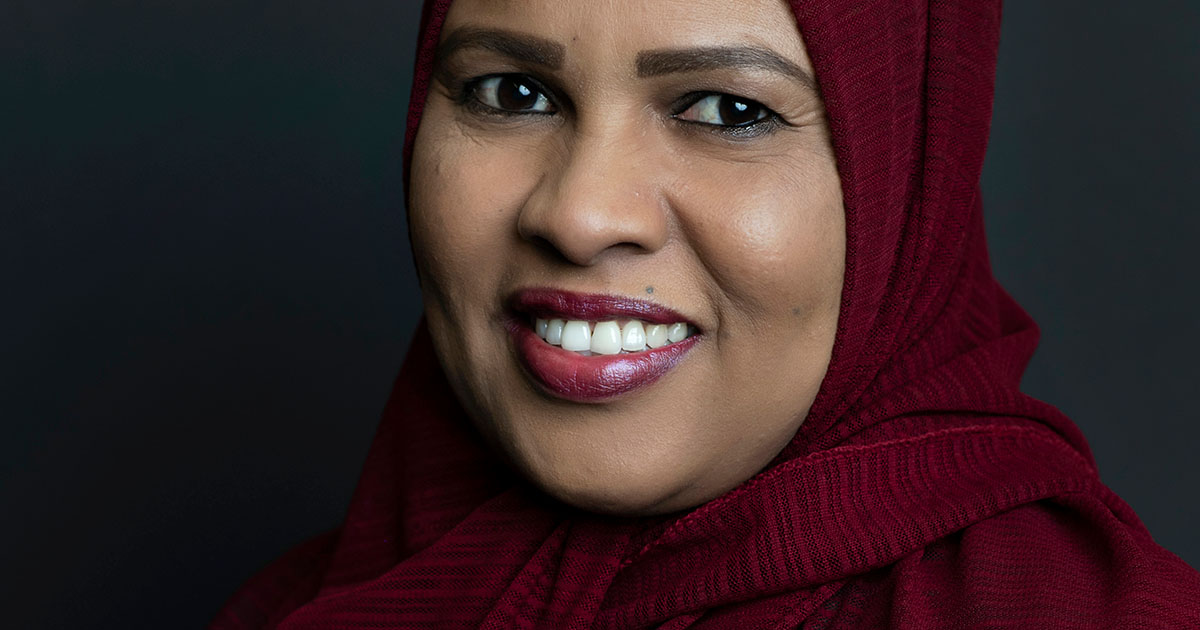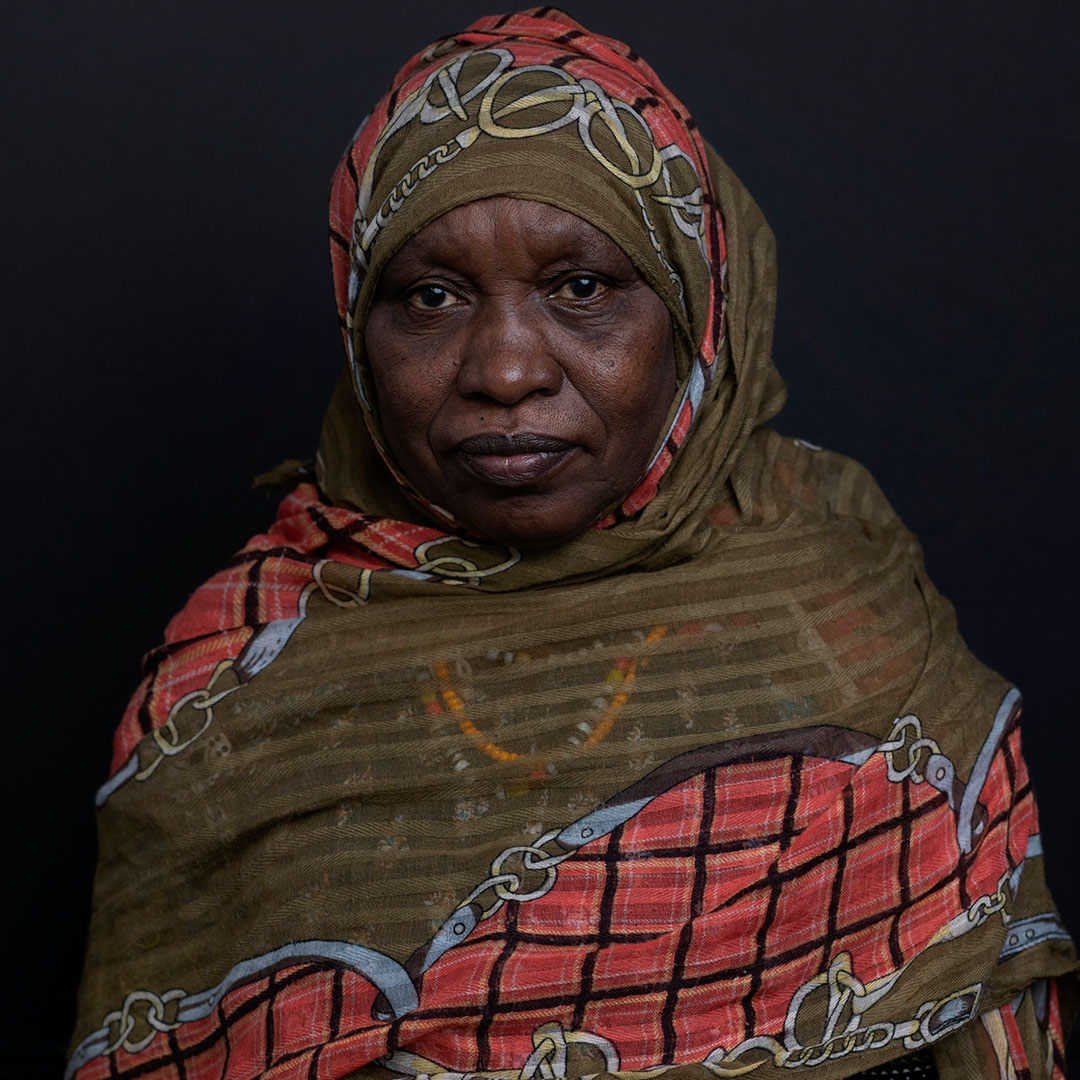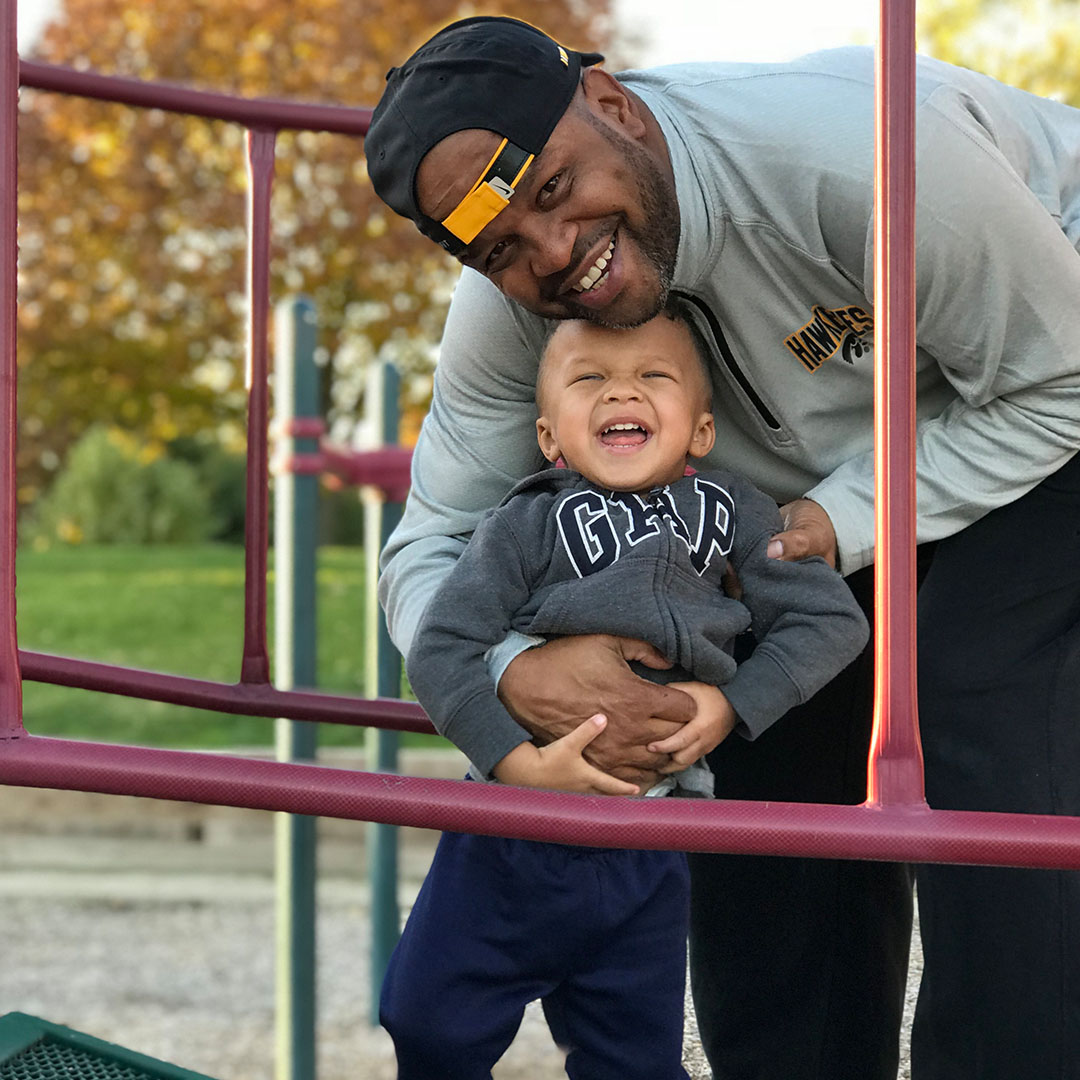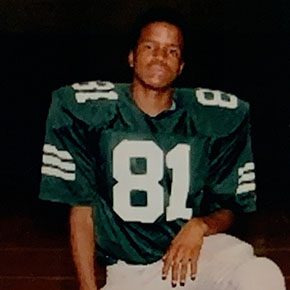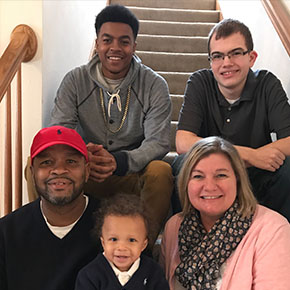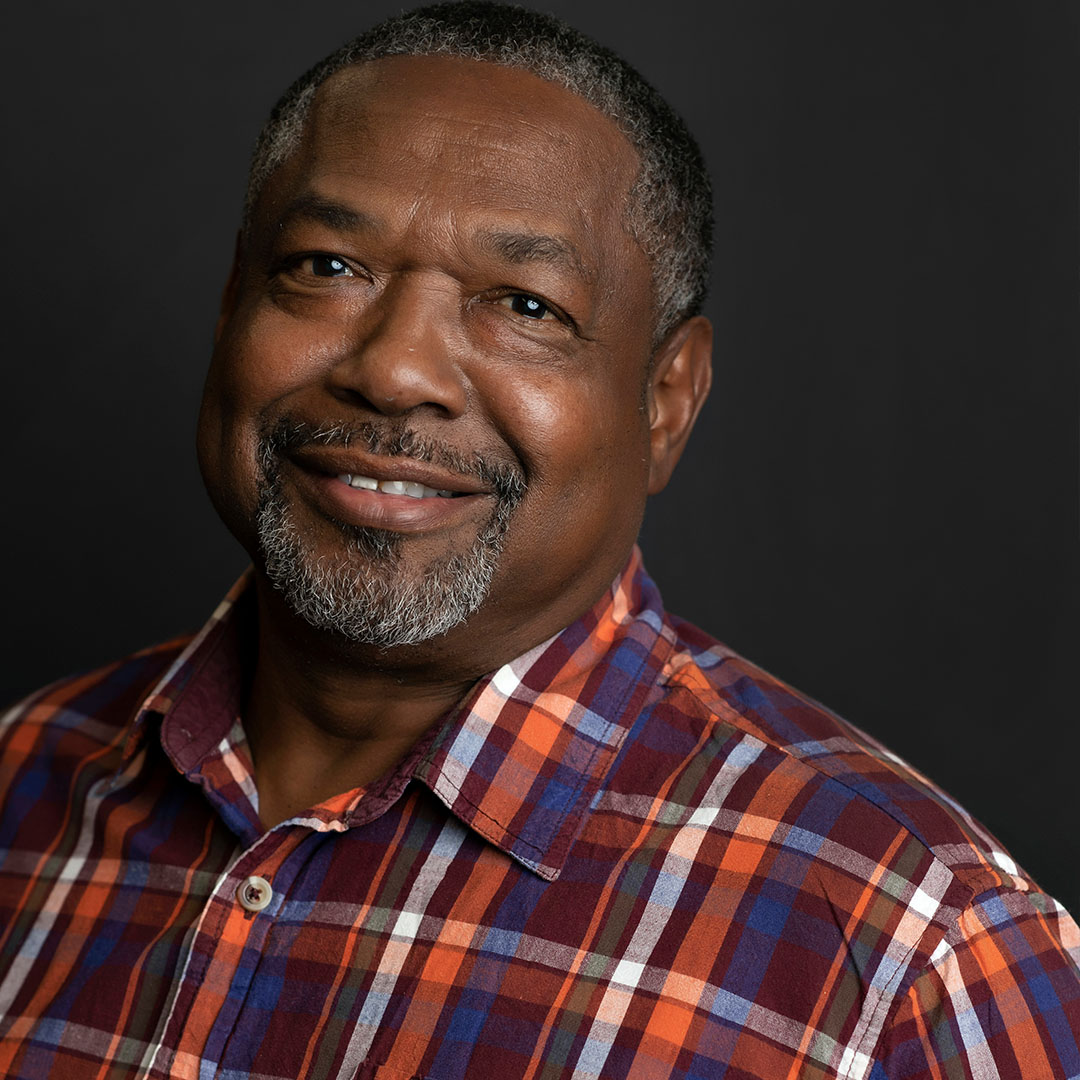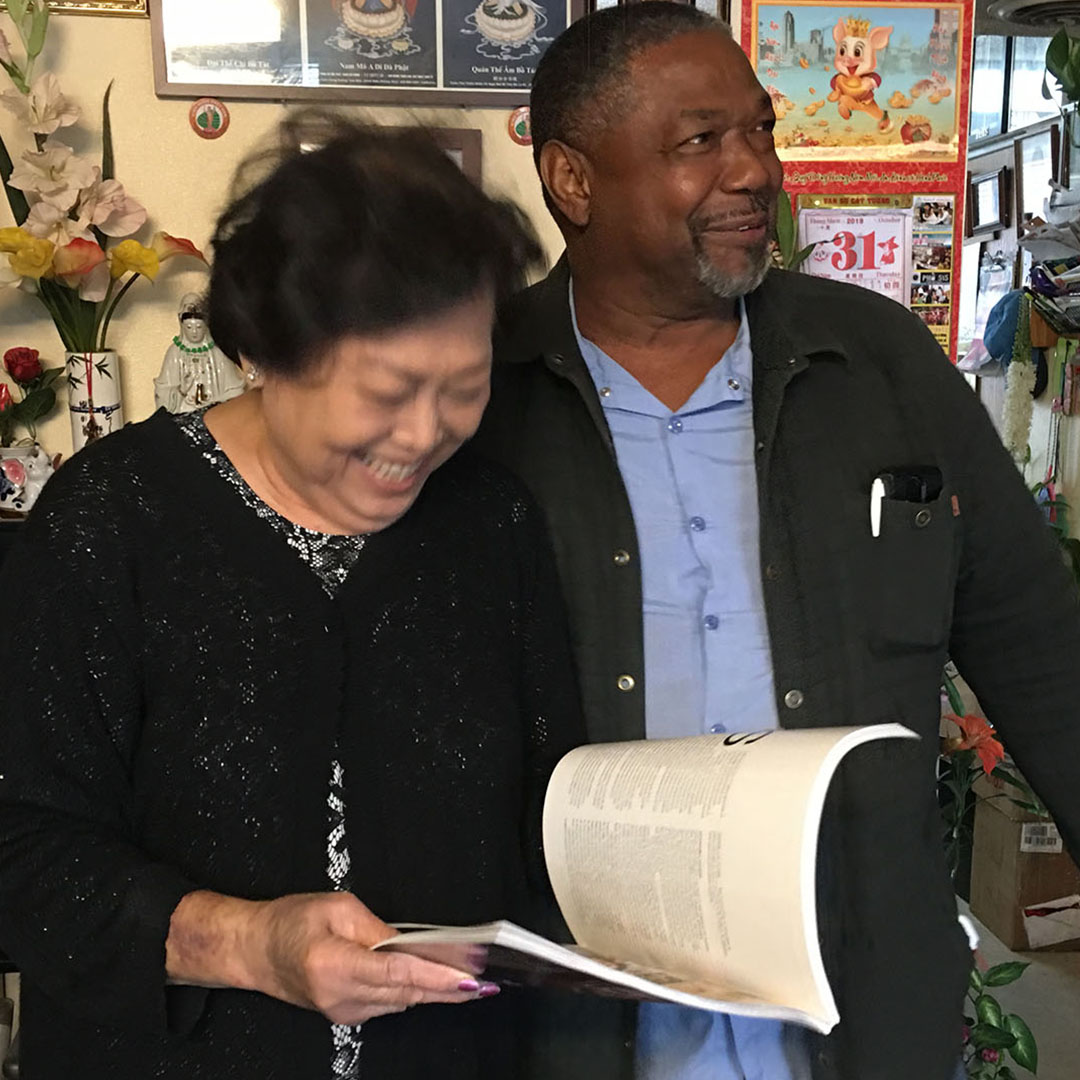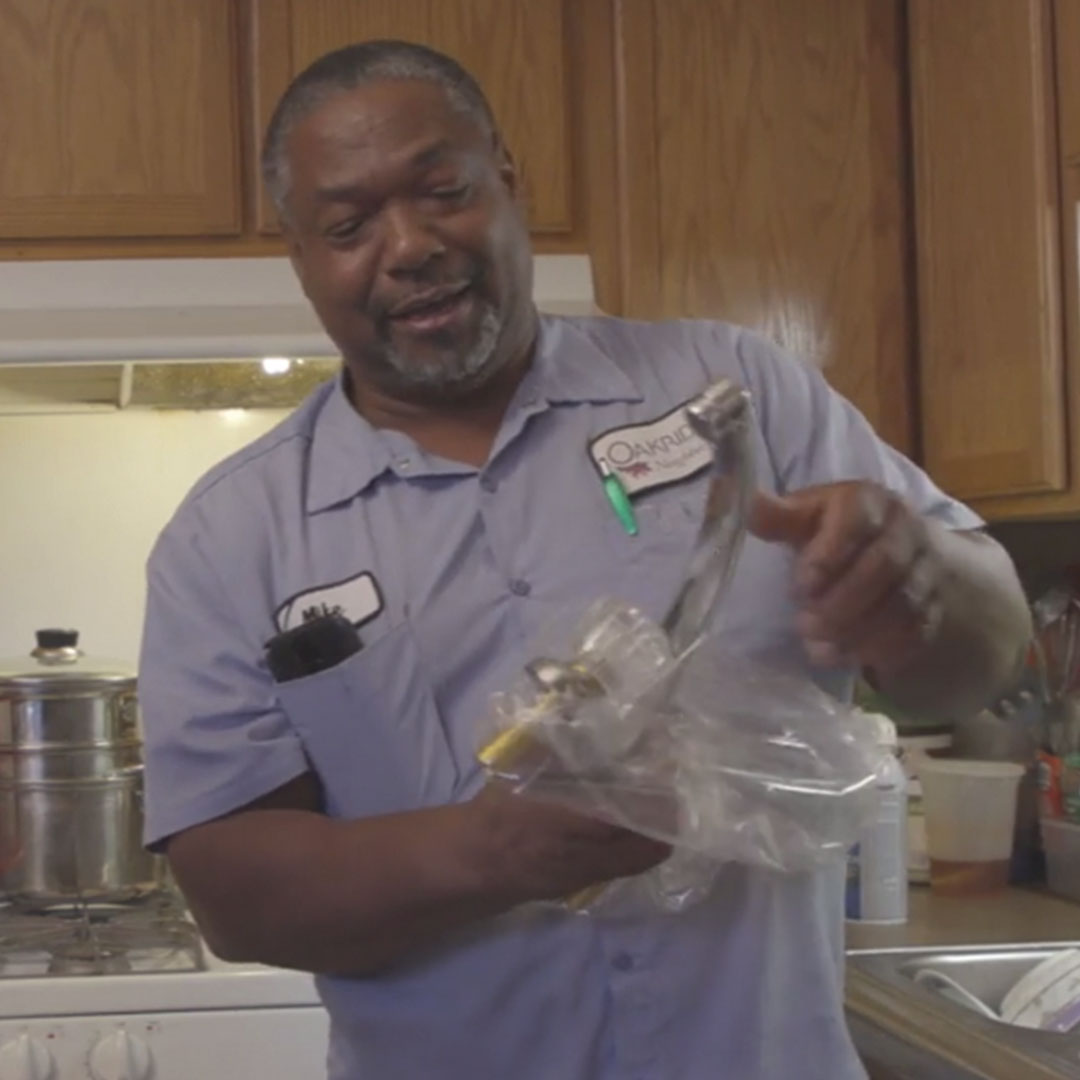Lessa’s Journey
by Christine Irvine | Sep 11, 2024 | Our Stories

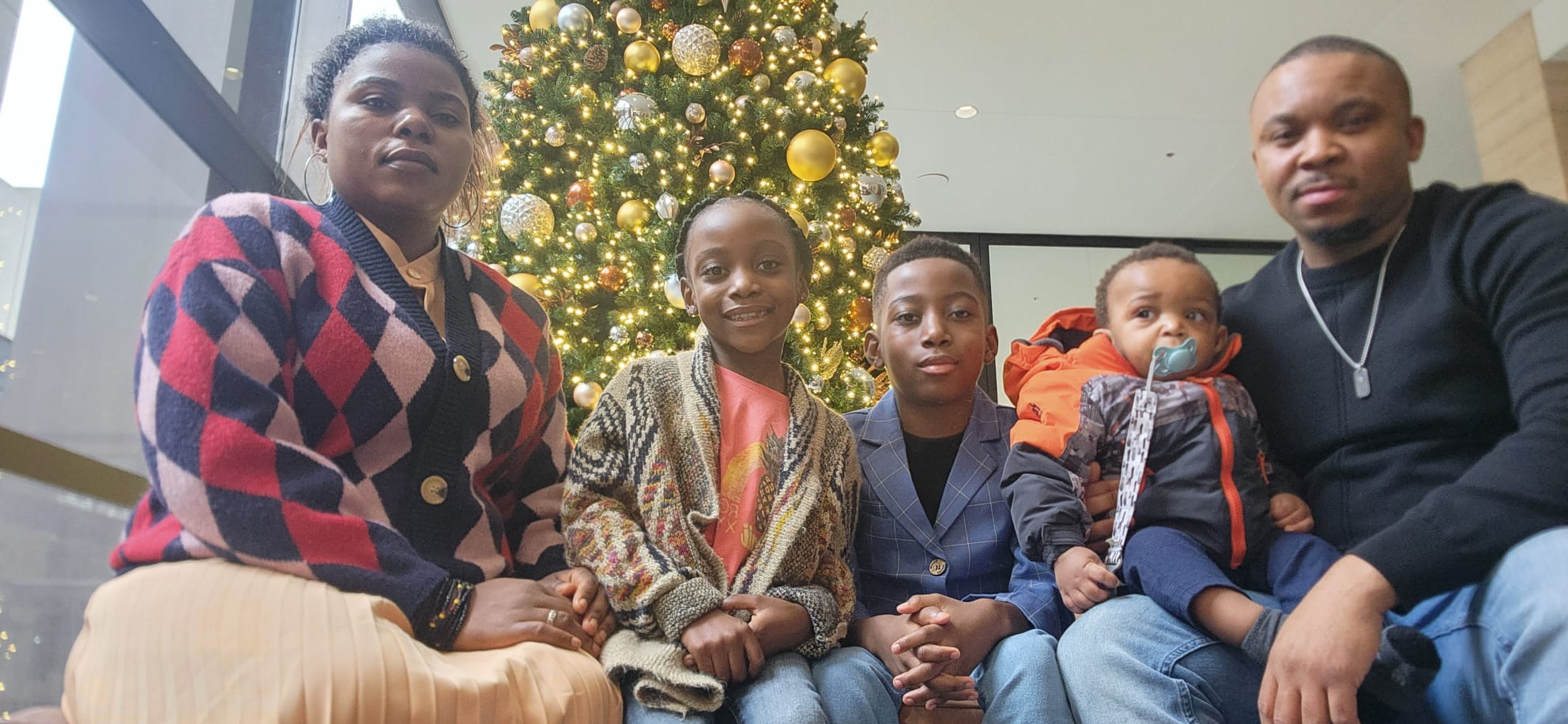
Lessa's Journey
At the age of two years old in 1996, Lessa Lubunga and her family fled their war-torn home country Congo, seeking refuge in a Tanzania camp. The journey was fraught with hardships, but Lessa’s parents’ determination remained unwavering. By the age of 19, Lessa became a mother for the first time, and by 20, she had her second child. Life in the camp was challenging, but her commitment to her kids and her hope for a better future kept her going.
Challenges
Living in the refugee camp presented numerous obstacles: limited resources, uncertain living conditions, and the emotional toll of displacement. Lessa juggled the demands of young motherhood with the responsiblities of survival in a camp environment. Lessa’s turning point came in 2018, when her family was granted an opportunity to settle in the United States. However, due to the complexities of refugee resettlement, her parents were unable to come with her. With her brother as her only family member by her side, Lessa faced the daunting task of starting over in a new country without her parents, while raising two young children.
The emotional and financial pressures were immense, compounded by the language barriers and cultural adjustments required when she and her brother were resettled in the United States.
The Journey
In the U.S., Lessa worked tirelessly to provide for her family. She found her first job at The Des Moines Register, which allowed her to support her children and assist family back home. Over the years, she applied for housing in Oakridge, where she moved in March 2022. In 2023, she enrolled in English language classes at Oakridge, and now she is planning to do CNA courses.
Amidst these efforts, Lesa met and fell in love with a supportive partner who admired her strength and dedication. Together, they welcomed a son, adding to the joy and fulfillment in Lessa’s life. Her partner’s support was crucial, allowing Lessa to balance her roles as a mother, employee, and student more effectively.
Success and Impact
Lessa’s commitment to her family and community paid off. She secured a stable job and contributed actively to her local community. Her story became an inspiring example of perserverance and success, highlighting the positive impact of support networks like Oakridge Neighborhood, combined with personal determination.
In her professional role, Lessa became a mentor for other immigrant families, offering guidance and encouragement based on her own experiences. Her story resonated with many, and she was recognized for her contributions to her community and being a role model for young and single mothers.
Recognition and Future Plans
Having navigated the complexities of her new life and achieved significant personal milestones, Lessa took citizenship classes at Oakridge Neighborhood. She is now in the process of applying for U.S. citizenship. This step represents the culmination of years of hard work and dedication to building a stable and prosperous future for her family.
Lessa’s journey from a refugee camp to the prospect of U.S. citizenship is a powerful testament to her resilience and determination. Her story illustrates the strength and hope that drive individuals to overcome adversity and build a better future for themselves and their families. Lessa’s achievements serve as an inspiration to many, showcasing the transformative power of perseverance, support and love.
-By Rose Mugeni
